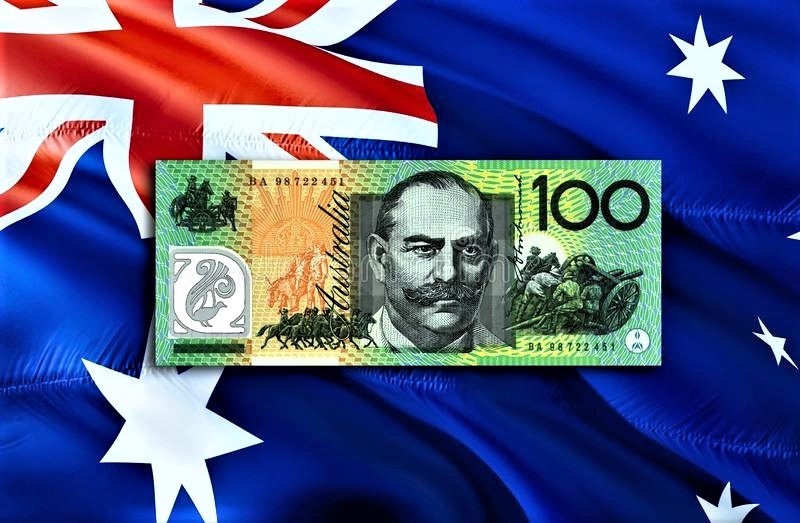AUDUSD has dropped to a two-week low as a result of a number of reasons.
The AUDUSD pair continued the previous day’s steep retracement decline of more than 120 pips from the weekly high. And continues to lose ground into Friday’s Asian session. This is the third consecutive day of losses, dragging AUDSUD spot prices below the 0.6700 level. In the previous hour, confirming a collapse below a theoretically crucial 200-day Simple Moving Average (SMA).
The USD is still being supported by Thursday’s positive economic data and a lower risk tone.
The US Dollar (USD) is nearing a two-and-a-half-week high and is nicely supported by Thursday’s data. Positive US economic data is expected to put downward pressure on the AUDUSD pair. According to the US Commerce Department, the world’s largest economy increased at a 2.4%. Annualized rate in the second quarter, above forecasts. In addition, initial jobless claims surprisingly declined to 221K in the week ending July 22. Indicating an incredibly strong US economy. This enhances the possibility that the Federal Reserve (Fed) will raise interest rates more. Thus supporting the buck.
Furthermore, Fed Chair Jerome Powell stated on Wednesday. That the economy and labor market still need to slow for inflation to return to the 2% objective. Leaving the door open for another 25 basis point boost in September or November. This resulted in a strong spike in US Treasury bond rates overnight. Which, along with a minor downturn in global risk sentiment, favors the Greenback’s relative safe-haven status. Aside from that, deteriorating US-China ties overshadowed. The better Australian CPI number announced on Thursday, contributing AUDUSD to a further shift away from the China-proxy Aussie.
The deterioration of US-China ties, as well as poorer domestic statistics, weigh on the Australian dollar.
Indeed, the Washington Post claimed, citing three sources familiar with the subject, that the White House had decided to prohibit Hong Kong’s senior government official from attending a key business meeting in the United States this autumn. In reaction, Liu Pengyu, a spokeswoman for the Chinese Embassy in Washington, stated that the decision breaches APEC norms and that the US had broken its obligation. This, along with the announcement of poor Australian Producer Price Index (PPI) and Retail Sales numbers implies that the path of least resistance for the AUDUSD pair remains to the negative, supporting possibilities for further depreciation.
Even from a technical standpoint, a break below the crucial 200-day SMA might be interpreted as a new signal for bearish traders, validating the gloomy picture. Market investors are now anticipating the publication of the US Core PCE Price Index – the Fed’s preferred inflation indicator – in order to capitalize on short-term trading opportunities surrounding the AUDUSD pair later in the early North American session. Nonetheless, spot prices are ready to fall for the second week in a row and remain at the mercy of USD price dynamics.









